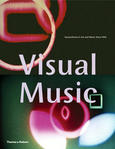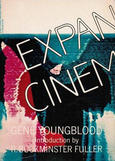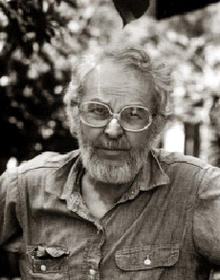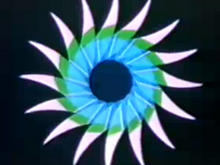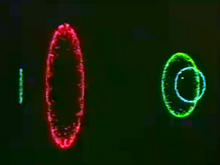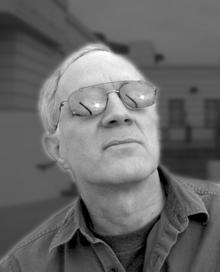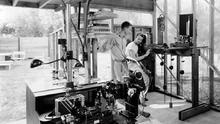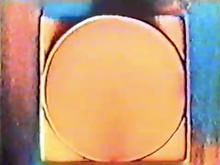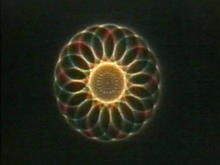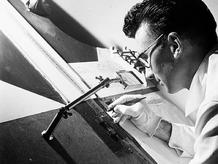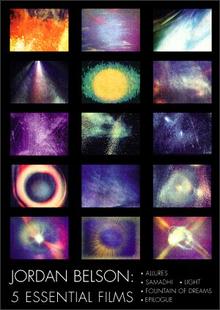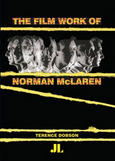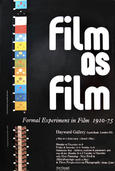Arabesque
(1975)by John Whitney, Sr. Programmed by Larry Cuba. Whitney experimented with the eccentricities of Islamic architecture, which, though ultimately harmonic, contain many characteristic reverse curves in its embellishments.
Arabesque by John Whitney is a very early example of using computer graphics to create animations. This is necessarily crude by today's standards – coloured lines and shapes – but it was made at a time when computers frequently filled entire rooms and recording their visual output meant pointing a camera at a monitor. Arabesque has a suitably Arabian santur soundtrack by Manoochehr Sadeghi.
Source: John Coulthart


